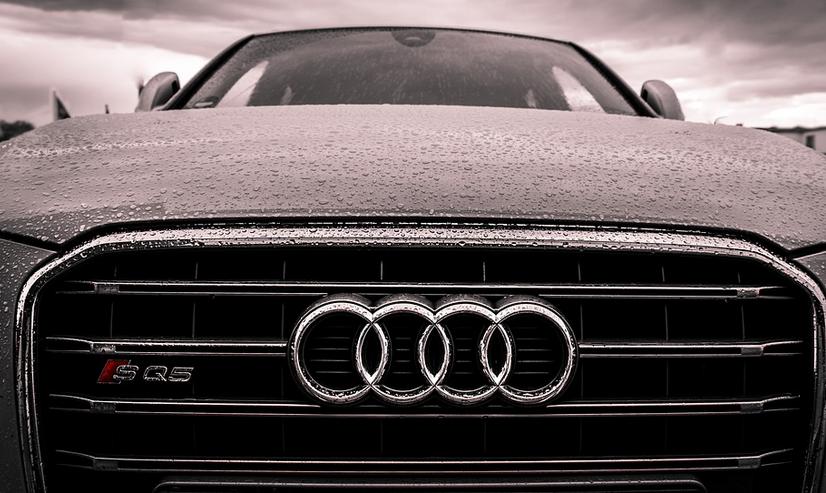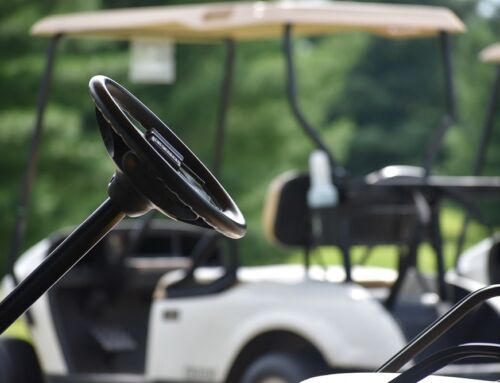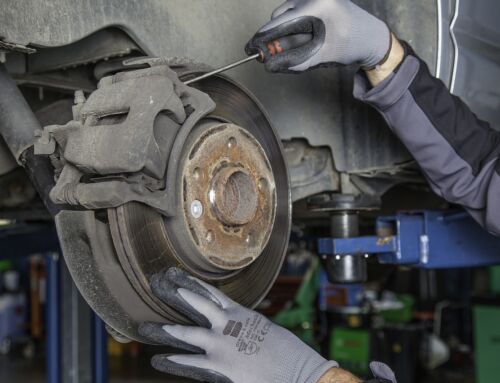Rear-end accidents rank among the most common types of car crashes in the country, with an estimated 1.7 million occurrences in the United States annually. Although the majority of these incidents do not result in fatalities, they can still inflict moderate to significant injuries on those involved.
Contrary to popular belief, the assumption that the driver who rear-ends another vehicle is automatically at fault is not universally true. The determination of liability in rear-end collisions relies on a more comprehensive analysis of the circumstances. When it comes to car accidents, negligence and responsibility form the crux of legal disputes. Negligence refers to conduct that falls short of the expected standard of behavior for a reasonable person in a given situation.
For instance, let’s consider a scenario where an individual recklessly fires a gun into the air within a crowd, unintentionally causing harm to someone when a bullet falls. Even though the shooter did not have any intention to injure others, they can still be held accountable due to their negligent behavior, which deviates from what a reasonable person would consider appropriate.
In the context of driving, establishing a duty of reasonable care is relatively straightforward. Motorists have an obligation to exercise caution and care while operating their vehicles, ensuring the safety of others on the road. This duty can be breached through various actions that a reasonable driver would not engage in, such as:
• Removing hands from the steering wheel
• Disregarding traffic signs and signals
• Driving excessively fast or slow
• Failing to yield or observe right of way rules
• Operating a vehicle recklessly
For an individual to be held responsible for a car accident, several elements must be demonstrated. Firstly, it must be established that a duty of care existed. In the case of rear-end collisions, if you are stopped at a stop sign and someone fails to stop in time, leading to a rear-end collision, they would likely be deemed at fault. This is because they had a clear duty to stop in compliance with the sign. Additionally, it is crucial to prove that the responsible driver’s breach of duty directly caused the accident. Furthermore, bodily injuries or damages must have resulted from the incident.
There are scenarios where the determination of liability becomes more complex. For instance, if you were driving on a highway and abruptly decelerated, causing someone to rear-end your vehicle, the degree of responsibility may be shared or shifted. In such cases, multiple factors are considered to determine the extent of each party’s liability.
If you have been involved in a car accident and require legal assistance, it is essential to consult with a personal injury lawyer. They possess the expertise to navigate the complexities of the legal system, advocate for your rights, and protect your interests. Legal representation ensures that your case is thoroughly evaluated, evidence is gathered, and negotiations with insurance companies are conducted on your behalf.
At Hurst Limontes LLC, we offer free consultations for car accident cases. During these consultations, we prioritize understanding the specifics of your situation, with your health and wellness being our utmost concern. If you need to speak with a personal injury lawyer about your car accident, feel free to contact us at any time to schedule a free consultation.





